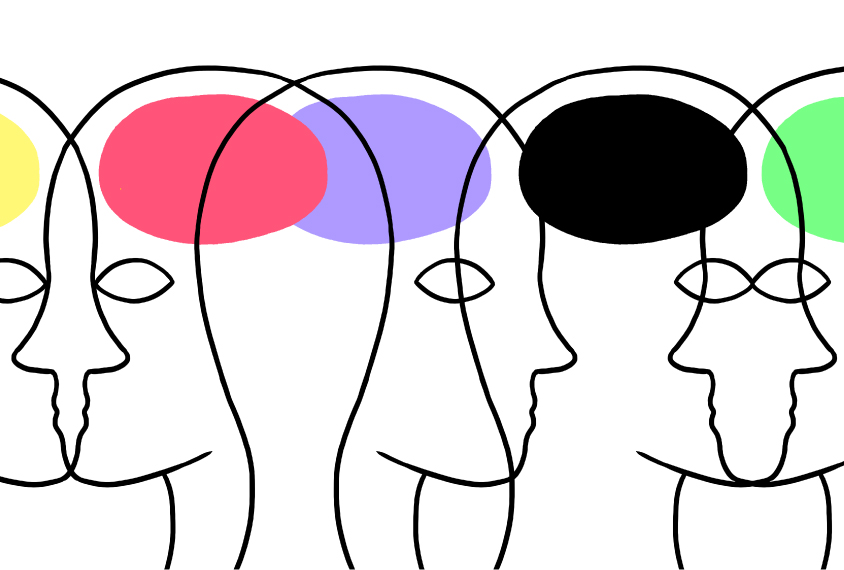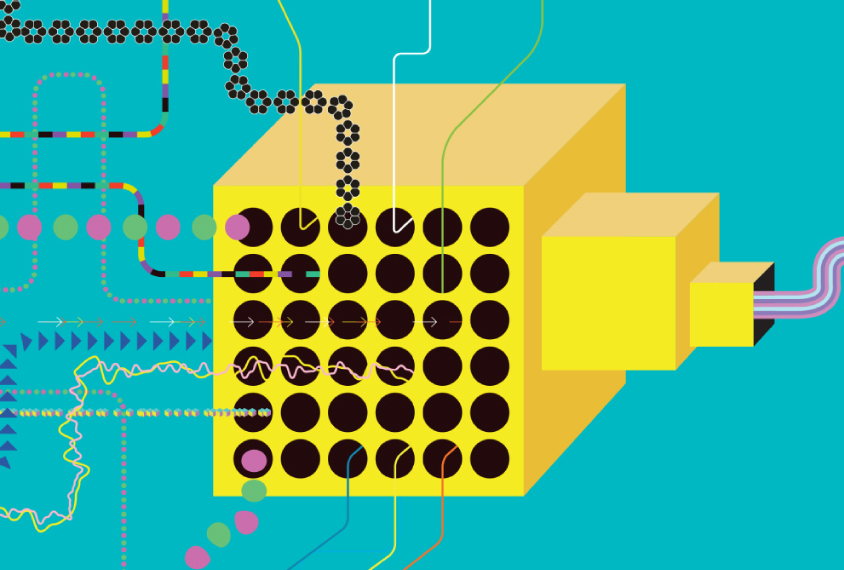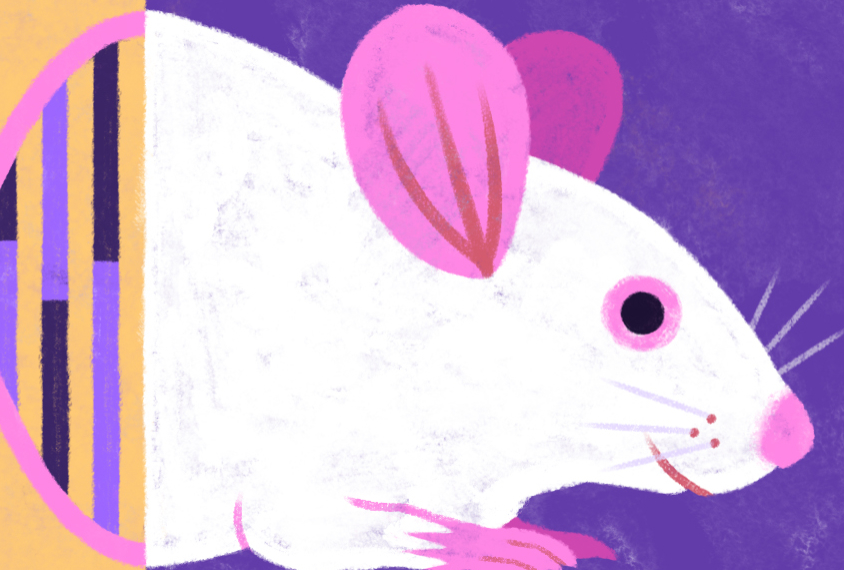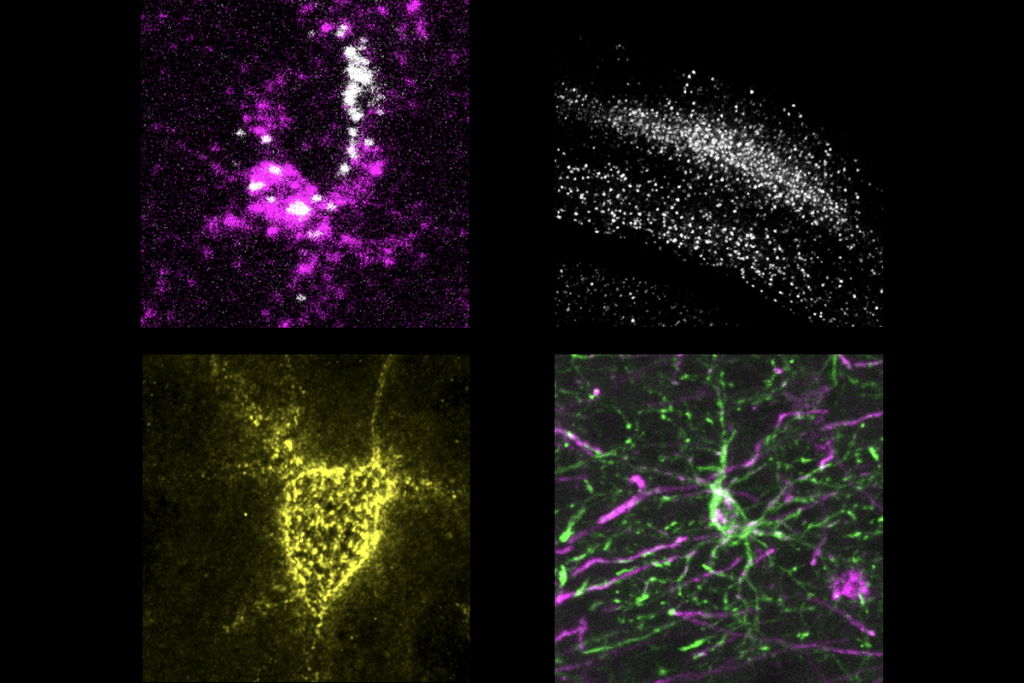2018: Year in Review
Recent articles
Five hot topics in autism research in 2018
This year, researchers made big headway on autism’s most perplexing questions.

Five hot topics in autism research in 2018
This year, researchers made big headway on autism’s most perplexing questions.
Quotes of the year
In our favorite quotes from stories we published this year, researchers talk about where to store your marijuana for research, the significance of mouse-butt sniffing and the secret to productivity.

Quotes of the year
In our favorite quotes from stories we published this year, researchers talk about where to store your marijuana for research, the significance of mouse-butt sniffing and the secret to productivity.
A decade of Spectrum
It’s been 10 years since Spectrum — well, one version of Spectrum — launched. Fittingly, in this anniversary year, we made forays into new territory.

A decade of Spectrum
It’s been 10 years since Spectrum — well, one version of Spectrum — launched. Fittingly, in this anniversary year, we made forays into new territory.
In case you missed it: Five Spectrum stories from 2018
Spectrum's editors chose five stories from 2018 you may have missed the first time around.

In case you missed it: Five Spectrum stories from 2018
Spectrum's editors chose five stories from 2018 you may have missed the first time around.
Notable papers in autism research in 2018
This year's list of top papers highlights new dimensions in our understanding of autism genetics and hints at novel treatments.

Notable papers in autism research in 2018
This year's list of top papers highlights new dimensions in our understanding of autism genetics and hints at novel treatments.
Science serves up inspiration for Katie Carey’s whimsical artwork
Katie Carey, who has illustrated several Spectrum articles, reveals her creative process and her strategies for pushing past mental blocks.

Science serves up inspiration for Katie Carey’s whimsical artwork
Katie Carey, who has illustrated several Spectrum articles, reveals her creative process and her strategies for pushing past mental blocks.
In Peru, novel program paves the way for autistic people’s employment
At a center in Lima, Peru, people with autism learn to identify their strengths and find jobs that play to those strengths.

In Peru, novel program paves the way for autistic people’s employment
At a center in Lima, Peru, people with autism learn to identify their strengths and find jobs that play to those strengths.
Pitch your thesis: Big questions drive autism research
Early-career autism researchers record 'elevator pitches' of their projects.
Pitch your thesis: Big questions drive autism research
Early-career autism researchers record 'elevator pitches' of their projects.
Why adults need an easier path to autism diagnosis
Getting an autism diagnosis can be difficult for many adults, due to the dearth of reliable tests, high costs and bureaucracy.

Why adults need an easier path to autism diagnosis
Getting an autism diagnosis can be difficult for many adults, due to the dearth of reliable tests, high costs and bureaucracy.
Explore more from The Transmitter
Astrocytes stabilize circuits in adult mouse brain
The glial cells secrete a protein that suppresses plasticity post-development.

Astrocytes stabilize circuits in adult mouse brain
The glial cells secrete a protein that suppresses plasticity post-development.
Profiles of neurodevelopmental conditions; and more
Here is a roundup of autism-related news and research spotted around the web for the week of 5 January.

Profiles of neurodevelopmental conditions; and more
Here is a roundup of autism-related news and research spotted around the web for the week of 5 January.
The 1,000 neuron challenge
A competition to design small, efficient neural models might provide new insight into real brains—and perhaps unite disparate modeling efforts.

The 1,000 neuron challenge
A competition to design small, efficient neural models might provide new insight into real brains—and perhaps unite disparate modeling efforts.